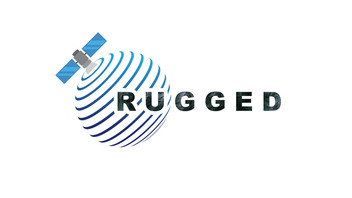

The page technical choices explain how Rugged goes from an on-board pixel line-of-sight to a ground-based line-of-sight arrival in the vicinity of the ellipsoid entry point. At this step, we have a 3D line defined near the surface and want to compute where it exactly traverses the Digital Elevation Model surface. There is no support for this computation at Orekit library level, everything is done at Rugged library level.
As this part of the algorithm represents an inner loop, it is one that must use fast algorithms. Depending on the conditions (line-of-sight skimming over the terrain near field of view edges or diving directly in a nadir view), some algorithms are more suitable than others. This computation is isolated in the smallest programming unit possible in the Rugged library and an interface is defined with several different implementations among which user can select.
Five different algorithms are predefined in Rugged:
It is expected that other algorithms like line-stepping (perhaps using Bresenham line algorithm) will be added afterwards.
The Duvenhage algorithm with full consideration of the ellipsoid shape is the baseline approach for operational computation. The alternate version of Duvenhage algorithm with flat-body hypothesis does not really save anything meaningful in terms of computation, so it should only be used for testing purposes. The basic scan algorithm is only intended as a basic reference that can be used for validation and tests. The no-operation algorithm can be used for low accuracy fast computation needs without changing the complete data product work-flow.
As the min/max KD-tree structure is specific to the Duvenhage algorithm, and as the algorithm is hidden behind a generic interface, the tree remains an implementation detail the user should not see. The min/max KD-tree structure is therefore built directly at Rugged level, only when the Duvenhage algorithm has been selected to perform location computation.
On the other hand, Rugged is not expected to parsed DEM files, so the algorithm relies on the raw data being passed by the upper layer. In order to pass these data, a specific callback function is implemented in the mission specific interface layer and registered to Rugged, which can call it to retrieve parts of the DEM, in the form of small cells. The implicit KD-tree is then built from leafs to root and cached.